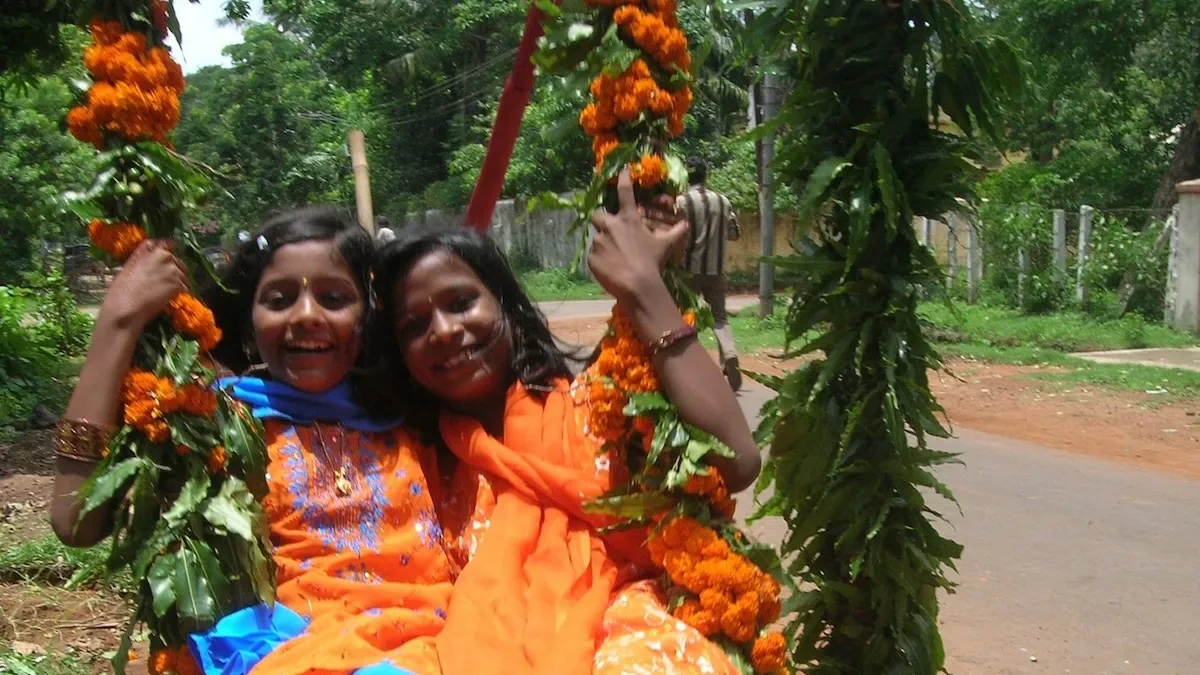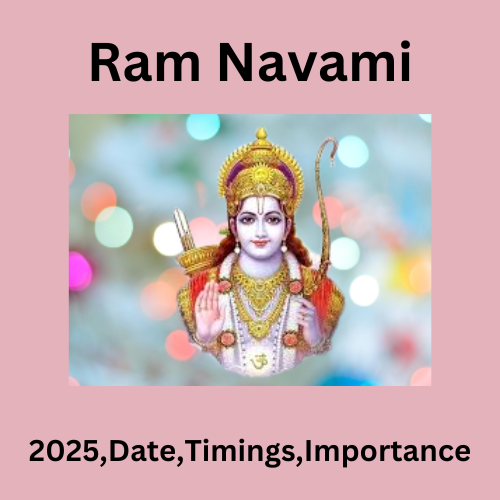International Day Of Yoga: 21 JUNE. History & Most Important Significance, Health Benefits of Yoga
International Day of Yoga: In this century we realize that Yoga has united the world: PM Narendra Modi An invaluable gift of ancient Indian tradition, Yoga has emerged as one of the most trusted means to boost physical and mental well-being. The word “Yoga” is derived from the Sanskrit root yuj meaning “to join”, “to yoke” … Read more




